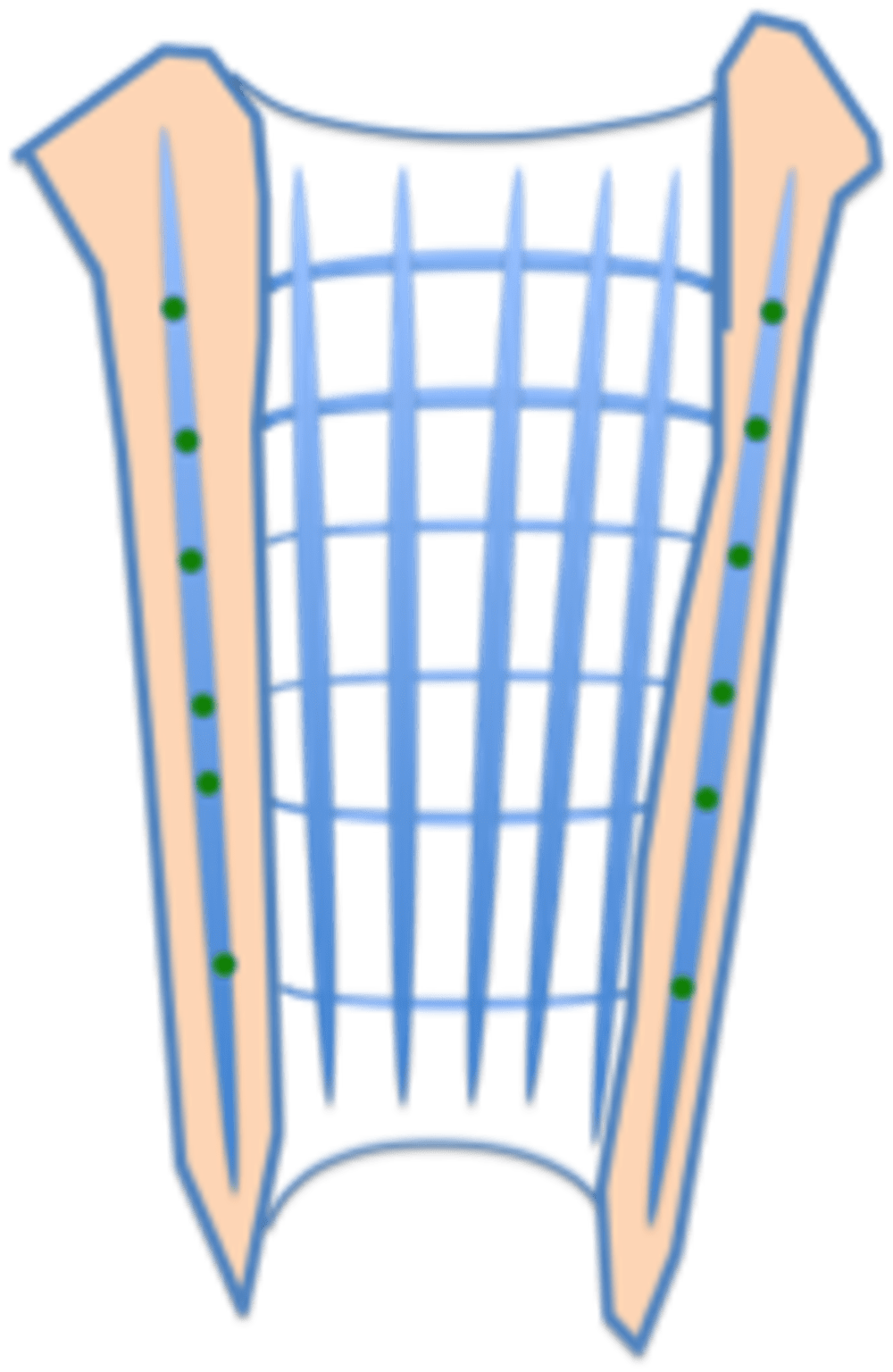For a lower limb amputee, the pain caused by an ill-fitting prosthetic socket can easily reach an unbearable level and result in problems in blood circulation, swelling, increased perspiration, rash, breakdown of the skin and problems in blood circulation. To address these problems, we propose the development of a soft robotic, smart prosthetic socket that will adapt to the physiological state of the user employing an array of embedded hydraulic soft actuation elements and continuous distributed sensory feedback. The potential benefits are an improvement in the comfort of the prosthetic and a reduction in the pain that arises during periods of extended use.
The proposed device is novel since it changes its conformation continuously adapting the pressure distribution on the residual limb in real-time with the goal of increasing safety, comfort, and overall quality of life as a direct consequence. Nearly two million people are living with limb loss in the United States and each year in the United States alone, over 180,000 new amputations are performed, as a result either of disease or trauma. With modern prosthetic costing as much as $100,000 the potential market for this technology, even if it is applicable to only 10 % of the this population, is in the region of $2 billion annually.
The system works by controlling the force applied by artificial hydraulic “muscles” that grip the residual limb in response to the pressure and blood flow monitored by an array of sensors within the lining of the prosthetic socket. This technology has been developed over the past few years at Worcester Polytechnic Institute. The device would be manufactured in collaboration with a prosthetics company. It is envisaged that the cost of the system would not significantly impact the costs of current advanced prosthetics and would in the long term more than pay for itself as the user would require fewer visits to a prosthetist or other medical professional and could enjoy a fuller more active life.
The figure shows the hydraulic “muscles” in cross section. The completed device will be compatible with existing prosthetic limbs. It actively reconfigures itself in response to residual limb physiology to improve amputee comfort.
Like this entry?
-
About the Entrant
- Name:Christopher Lambert
- Type of entry:teamTeam members:Christopher R. Lambert
Marko B. Popovic
Yitzhak Mendelson - Patent status:none

